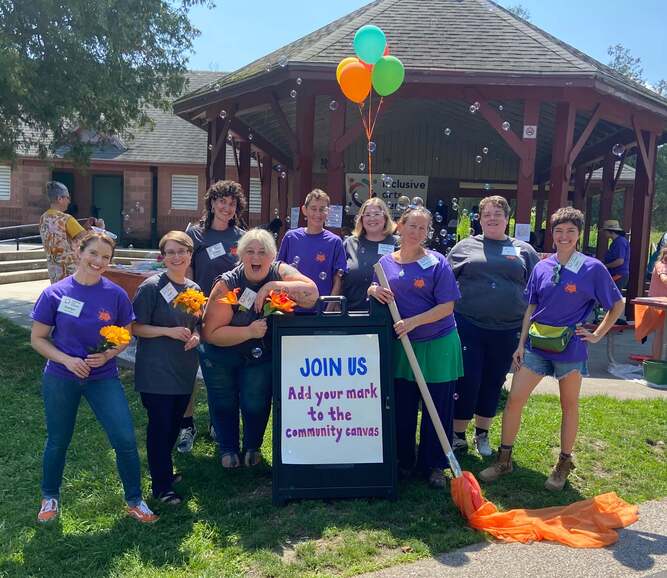Inclusive Arts Vermont uses the arts to help children and adults with disabilities to express themselves and engage with their community. Hannaford has supported this nonprofit organization through the Hannaford Helps Community Bag and Bloomin’ 4 Good Programs.
Tell us about Inclusive Arts Vermont.
The mission of Inclusive Arts Vermont is to use the magic of the arts to engage the capabilities and enhance the confidence of children and adults with disabilities. We were founded in 1986 as a member of the International VSA Network, a program of the John F. Kennedy Center for the Performing Arts. We were originally named Very Special Arts of Vermont, later VSA Vermont and then changed our name to Inclusive Arts Vermont in 2019 to reflect more current terminology. Even though the affiliate network structure of the Kennedy Center no longer exists, we do continue to work as a contractor of the Kennedy Center to engage children with disabilities in arts education programs throughout the state.
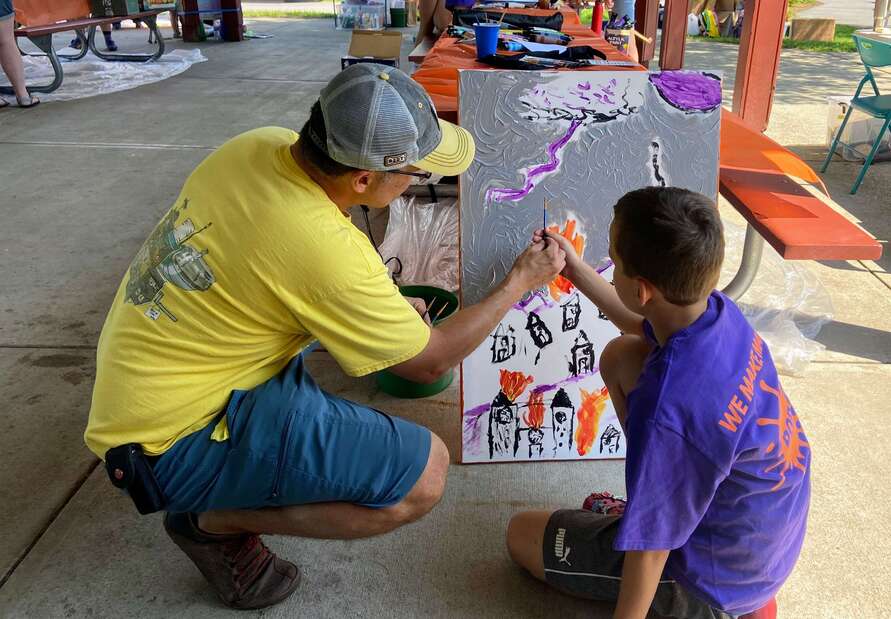
What services do you provide to the community?
Through educational programs for people of all ages, professional development for organizations, and cultural access experiences for the public, Inclusive Arts Vermont creates a more welcoming and inclusive arts community for all Vermonters. Specifically, we have an award-winning arts-based literacy program for early childhood educators and children in their care called Start with the Arts.
We also have a K-12 residency program that works in schools across the state to serve students with disabilities by integrating the arts into classroom environments. In addition, we have an arts program for adults that partners with service organizations and day centers that serve adults with developmental disabilities in communities across the state. We also have an exhibition program that presents biennial exhibits of artwork from artists with disabilities. Our fifth exhibition, Cycles, will be launching this February and traveling throughout the state.
Lastly, we have a professional development program that offers training for organizations looking to expand their accessibility practices and create more inclusive environments within museums, galleries, workplaces, and institutions broadly. This professional development program also includes an annual Arts Access Summit, which is a virtual daylong conference open to anyone who’d like to expand their knowledge and toolbox related to arts and accessibility.
What sets Inclusive Arts Vermont apart from other nonprofit organizations in your community?
We’re the only statewide organization devoted specifically to arts and disability. Our vision is that, through the arts, Vermonters of all abilities will have equal opportunities to engage in their communities and express themselves. We’re striving to create a Vermont where any person with a disability can enter an arts organization or learning environment and fully participate to the extent that they desire.
Our vision is that, through the arts, Vermonters of all abilities will have equal opportunities to engage in their communities and express themselves.
Tell us a story that illustrates the good work of your organization.
Last fall, one of the teaching artists in our K-12 residency program brought some cardboard boxes to a classroom they were working with. They originally had the vision for students to use them to create their own artistic homes. So, that process started, and students worked together to create their own safe spaces and transform these cardboard boxes into tiny homes that met their own visions and specifications. They were able to create their own tiny home rules, practice setting healthy boundaries, and exercise their agency and voice through that.
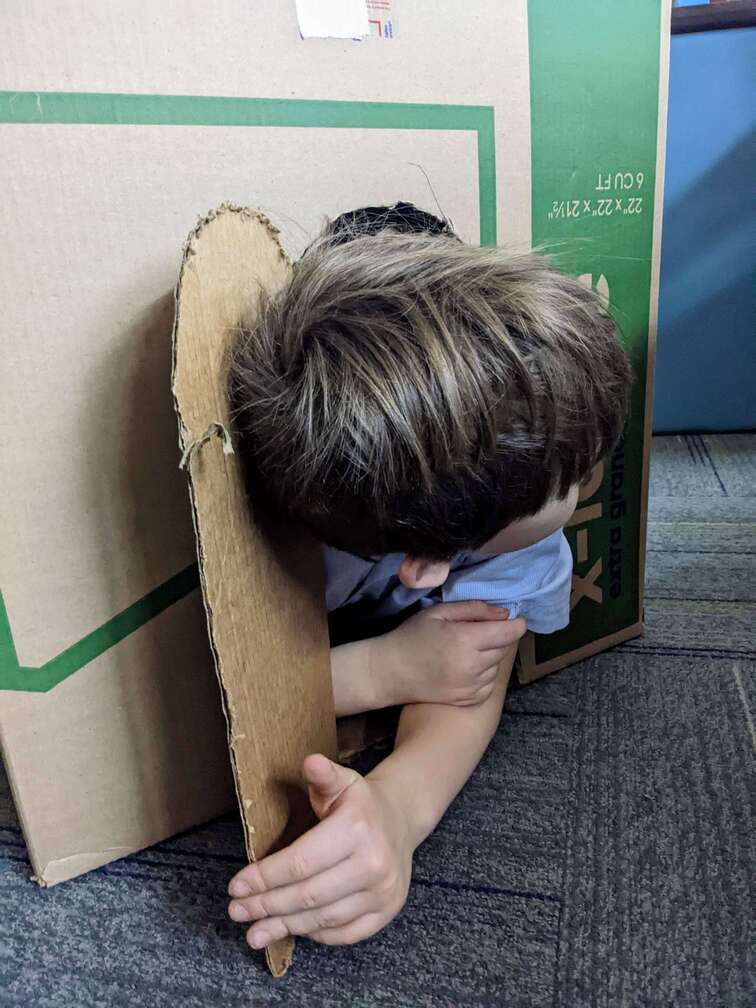
One student made a choice that changed the trajectory of that experience and made this project have an even bigger impact than was originally imagined. That student simply asked to add a mailbox. Riffing off of that idea, one of our teaching artists, Melissa, offered the students the option to have letters sent to them from people in the broader community and across the country. Originally, when the student pitched that idea, some of their classmates were reticent and asked, “Why would we? Nobody’s going to send us mail.” There was a fear that no one would show up or follow through. This fear was so reflective of a lot of their life experiences.
This project brought a tremendous amount of joy and confidence to the students and helped increase their sense of belonging.
They were nervous, but our teaching artist was encouraging and saw the potential for the letters, if they did come through, to help the students combat feelings of loneliness and feel a sense of increased connectedness. So, the class made the brave choice to invite letters into their tiny home mailboxes. The community showed up, and dozens of letters and cards arrived, filling those mailboxes. The students even ended up getting quite a few from across the country.
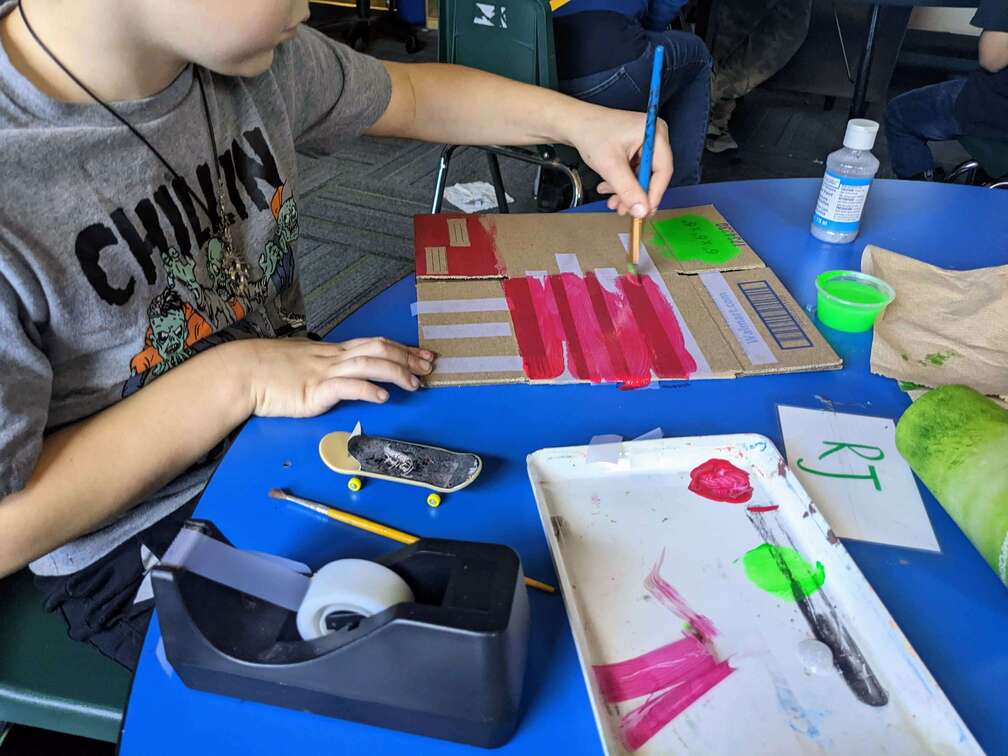
This project brought a tremendous amount of joy and confidence to the students and helped increase their sense of belonging. The project and the wonderful response it received also had an academic impact in terms of increasing the students’ willingness to learn as well as enhancing their letter-writing and reading skills. So, those tiny homes and letters just gave them extra motivation to learn. Tying this back to the broader impact of our Collaborative Arts Integration Residency program in particular, it really has the potential to help students feel more engaged with their community. This story shows how learning through the arts can really be a connection point for community engagement and can help students be more willing to try new things.
What is your most outstanding achievement or contribution to the community?
We carry out robust arts education programs that impact the lives of thousands of Vermonters every year. We do this with a small, nimble staff and board and a pool of teaching artists. Like many arts organizations across the state and across the country, we’ve been gradually recovering and rebuilding from challenges presented by the pandemic.
We carry out robust arts education programs that impact the lives of thousands of Vermonters every year.
But I’m really happy to say that the number of participants in our programs increased by quite a lot last year. In our fiscal year 2023, we had just over 19,000 participants, which was over 200 percent more than our previous fiscal year in 2022. That impact is more than just the numbers. This increase really represents more lives that are positively impacted by the magic of the arts
What do you want people to know about Inclusive Arts Vermont?
Our goal is to be a microcosm of the change we want to see in the broader world. Even though we alone, as Inclusive Arts Vermont, can’t change the systems that create many of the access barriers that exist for community members with disabilities, we can help move the needle toward some of the broader systemic change we hope to see by providing educational opportunities that have a significant ripple effect and by exemplifying best practices internally and externally that strive to include every voice and focus on possibility.
Our goal is to be a microcosm of the change we want to see in the broader world.
How will you use the funds received from the Hannaford Helps Community Bag and Bloomin’ 4 Good Programs?
Broadly speaking, we will use these funds to build inclusive opportunities for people with disabilities across Vermont. More concretely, these funds will be putting art supplies in the hands of participants and placing more teaching artists in classrooms to spark a lifelong love of learning and create more accessible programming throughout the year.
Is there anything you’d like to add?
You can learn more about Inclusive Arts Vermont by visiting our website. This includes information about our programming, how to get involved, and how to support and partner with us. You can also follow us on Facebook, Instagram, or LinkedIn.
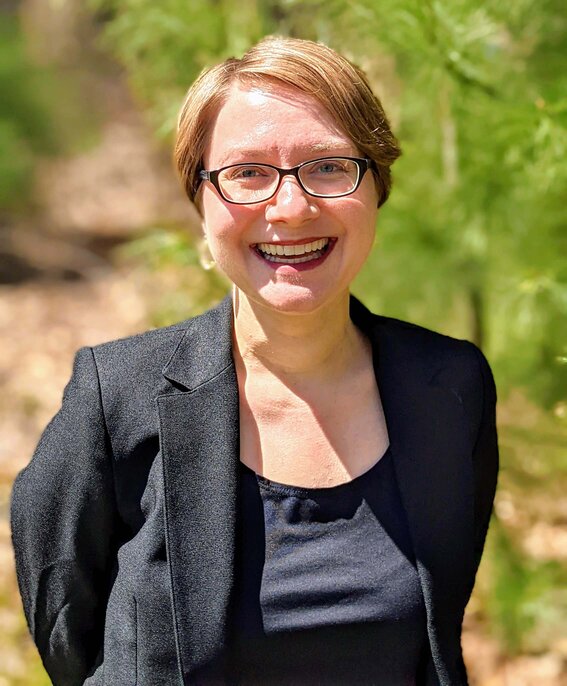
Sarah Brown is Executive Director of Inclusive Arts Vermont.
Published January 31, 2024.
